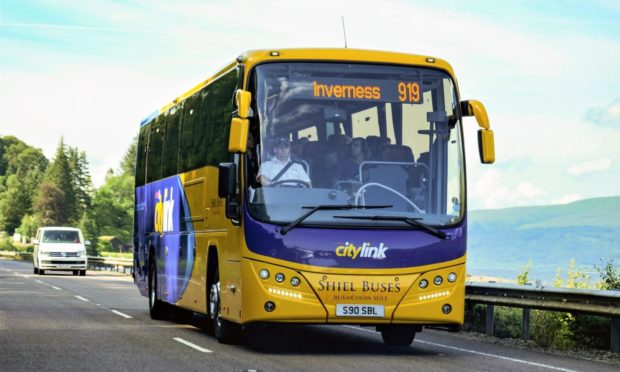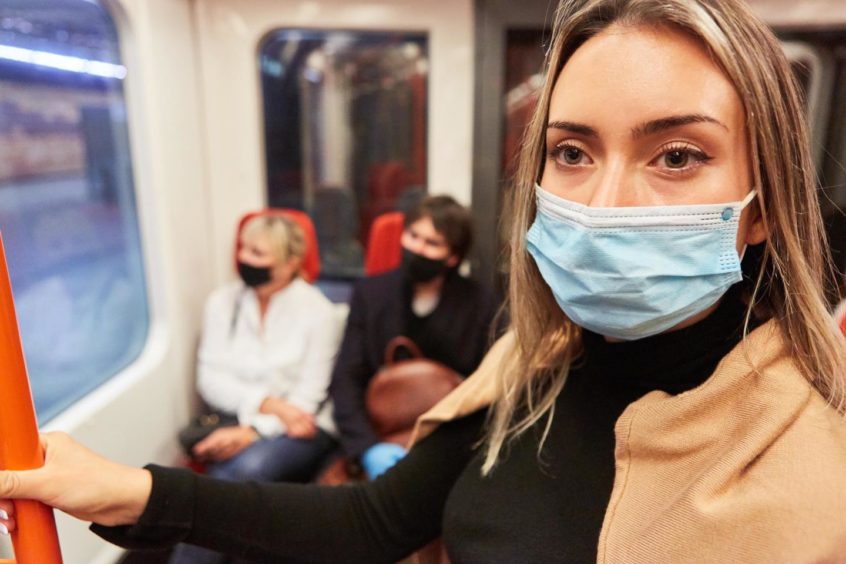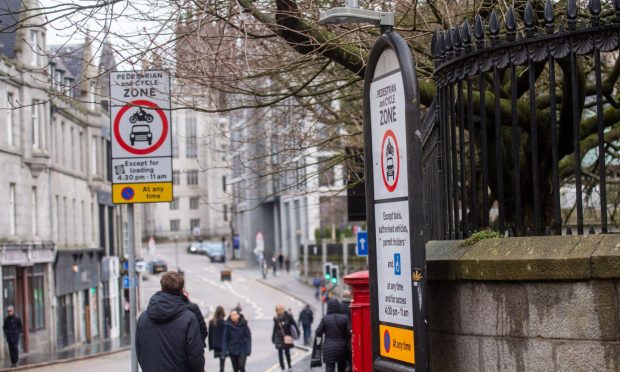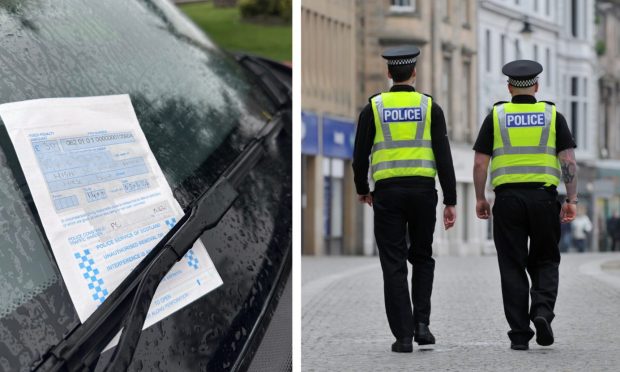Car transport remains the post-pandemic preferred option for many people as confidence in public transport plummets.
Research from the Department for Transport has revealed that 37% of people had not used the train in the four weeks before the first lockdown – that increased to 90% between February and March 2021.
Only 19% have recently used a bus across the UK, compared to 63% who used them in the lead up to lockdown, and driving a car has remained the most popular form of transport, with numbers barely changing throughout lockdown.
In addition, the DVSA has seen a large increase in the number of prospective learner drivers buying driving materials and enquiring about lessons.
Bill Plant Driving analysed the research which examined travel across the UK, and found that 56% of respondents said they are still uncomfortable about using a train, 57% about using any type of taxi, 59% about using a bus, 64% about using the underground and 65% about getting on a plane.
Increased demand for driving lessons
When asked about their comfort levels using various modes of public transport in the coming few weeks, 56% said they are still uncomfortable about using a train, 57% about using any type of taxi, 59% about using a bus, 64% about using the underground and 65% about getting on a plane. While the number of those who feel comfortable using public transport over the coming few weeks has increased across the board (except for on ferries), this has been only marginal.
Not surprisingly, travelling by car has remained the most popular way to get around, with drivers able to socially distance throughout the pandemic.
Top reasons for driving:
- Picking up or dropping off children to school or nursery – 71%
- Commuting to work – 66%
- Shopping – 58%
- Visiting friends and family – 53%
Peter Brabin, head of training at Bill Plant, said: “These changing behaviours have had a huge knock-on effect for our industry, with 80% of our driving instructors fully booked as of today.
“We are definitely seeing a huge rise in the number of prospective learner drivers getting in touch, wanting to be partnered with a driving instructor, and we have no doubt that the rest of the industry is feeling it, too.”











